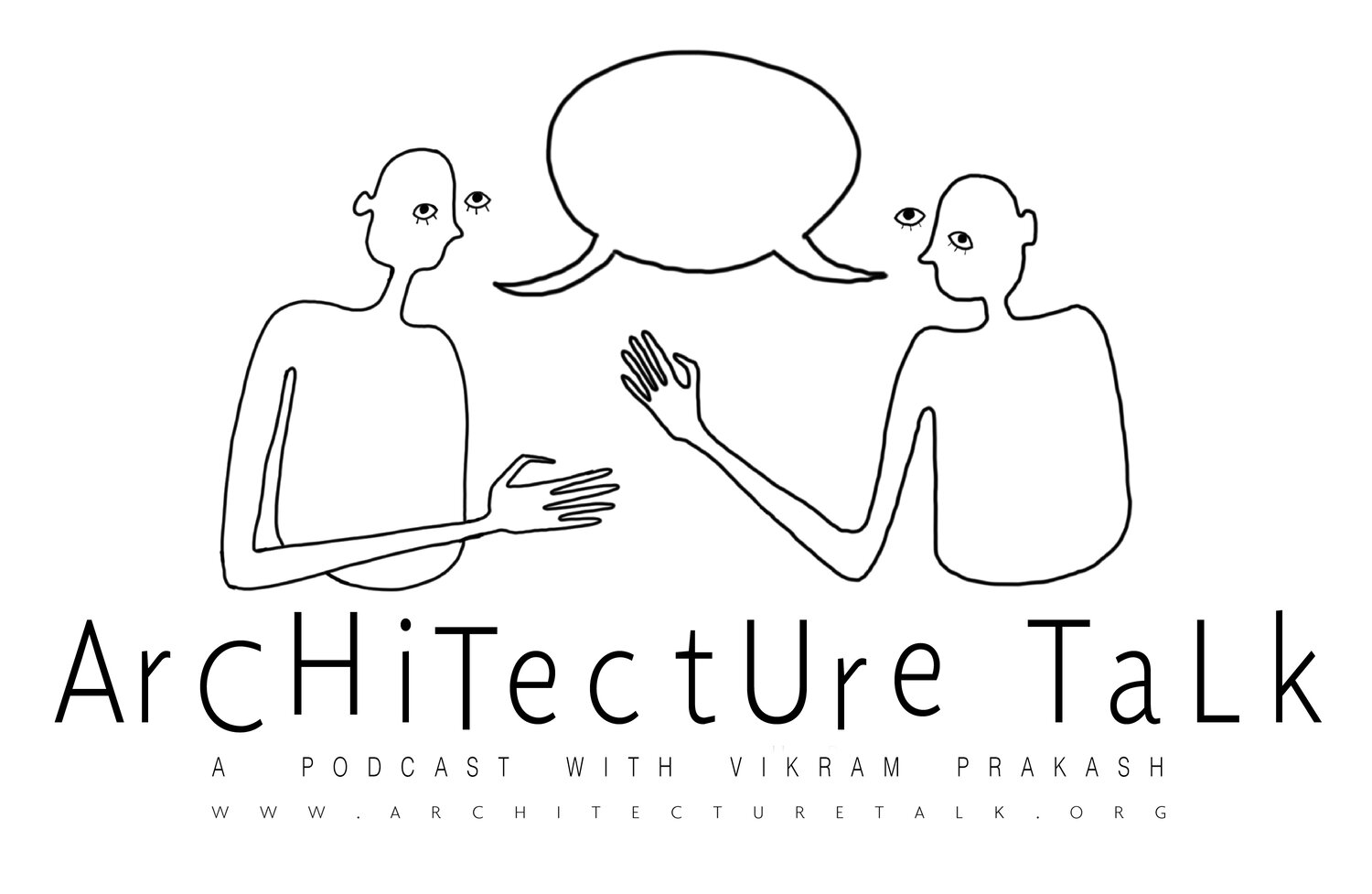103. Navigating the Skins of the Earth with Raoul Bunschoten
Original Drawing by Tori Haynes
“A poetic narrative is not based on pure economy or pure logic or pure rationality, it’s pure imagination. Architects are never experts, they are always amateurs and that’s their power...as long as you love something and you’re able to connect things together because you love these things..then I think architects have a central role in culture because they can create poetic imagery that connects things that were not there before and give it some gestalt, some embodiment.”
Raoul Bunschoten
How might we navigate and negotiate the skins of the Earth in the face of climate change? What can Byzantine architecture and Plato’s Khôra teach us about urban living in the 21st Century? What is the role of the architect in current cultural production? This week, we have a fascinating conversation with Raoul Bunschoten, Professor of Sustainable Urban Planning and Urban Design at the TU Berlin, and founder of Chora an architectural design and urban planning group.
Timestamp Outline
1:00 Introduction to Raoul Bunschoten, his background (Cranbrook University under Daniel Libeskind and Cooper Union ‘76, ‘77 under John Hejduk) and current work with Chora
4:00 Education of an Architect
6:30 legacy of John Hejduk
7:45 Chora and postructuralism
9:45 Plato and Chora
9:50 “[on Chora]...it is an ancient Greek word that was picked up by the Neo-Platonists to describe this liminal condition of the space between the living and the nonliving...its where mortals meet immortals. This liminal space is used as an architectural conceptual model by the Neo-Platonists, which links text with the development of Byzantine architecture, which is modeling this liminal space. Chora is important because it somehow indicates the liminality itself - the space where you have to negotiate between one kind of universe and another universe. ” RB
10:45 “[...] of course the word choir and choreography all come from [chora] and they all are ritualistic things that mark the border.” RB
11:30 The Cosmic in Byzantine Architecture - representations of the earth as a square, the heavens as a sphere
11:45 How did this become a city-making project? VP
13:30 “Touching the skin of the Earth” RB
14:30 “Urban Flotsom as a kind of fragmented idea of systems…” RB
14:45 Urban life as the ‘second skin’
15:00 “[the skins of the Earth is] a concept that I’m still working on where the Earth is primal architecture to the second skin as contemporary life of society.” RB
15:50 Chthonic architecture as one ‘beneath the skin’
16:45 Plato’s Cave
17:15 Garbha Griha - the the innermost chamber in a Hindu Temple, or “womb chamber”
18:00 Walls as vehicles for animation, like in Lascaux Caves
19:30 The skin as potential forms of embodiment of consciousness RB
20:40 How do you transfer a square to a spherical hemisphere in architecture? The Pendentive a transition zone and structural innovation
26:00 What is your definition of architecture in all this? VP
27:40 “A poetic narrative is not based on pure economy or pure logic or pure rationality, it’s pure imagination. Architects are never experts, they are always amateurs and that’s their power...as long as you love something and you’re able to connect things together because you love these things..then I think architects have a central role in culture because they can create poetic imagery that connects things that were not there before and give it some gestalt, some embodiment.” RB
29:40 The BrainBox Project - to have a space where a cosmic narrative may take place
34:00 Discussion of the looming climate change crisis
35:00 What are the temples for the 21st century?
35:20 discussion of value chains, urban forests, and carbon sinks as contemporary “cathedral”
43:40 Faust
45:20 “Hack and Flip” global supply chains
48:00 How do you connect the “hack and flip” back to democracy? VP
49:50 “[Chora] was not outside the city, it was the realm of the immortals...the space of the other” RB
55:00 The question of AI







